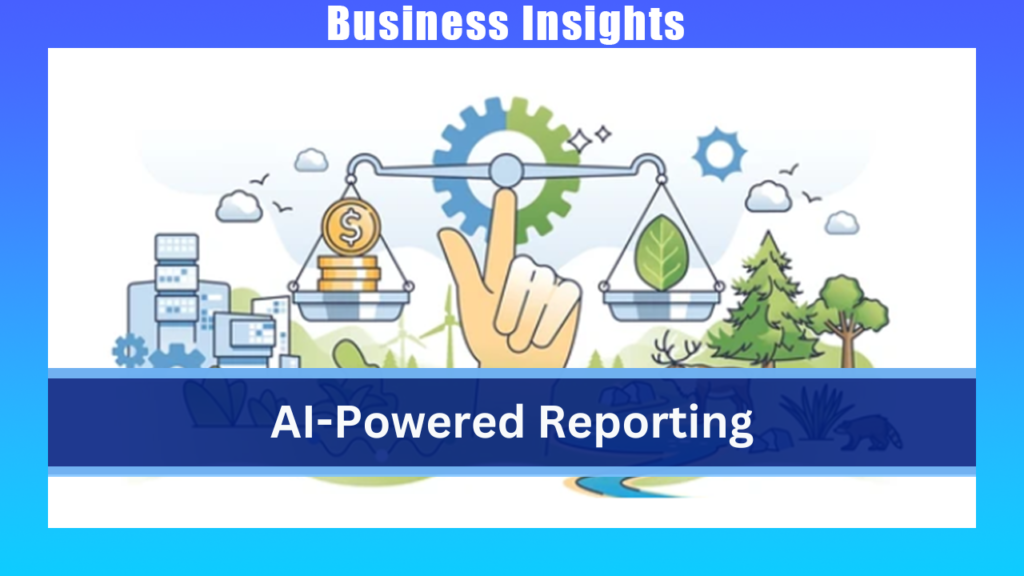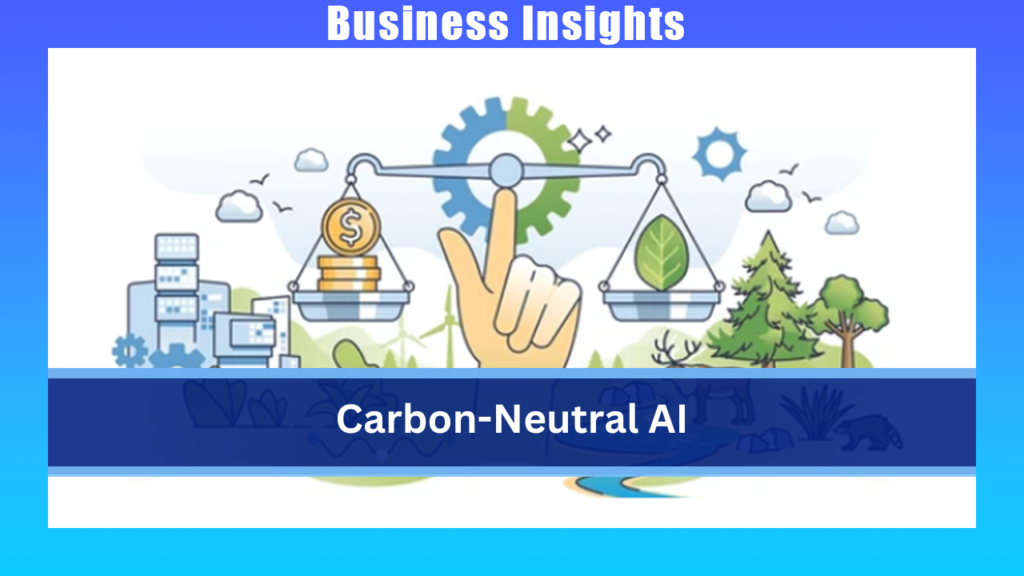
As businesses increasingly focus on sustainability, managing Scope 3 emissions has become a critical area of concern. Scope 3 emissions encompass a company’s indirect emissions across its entire supply chain, making it the largest and most complex contributor to a business’s carbon footprint. With the rise of AI technologies, particularly in Life Cycle Assessments (LCAs), organizations can now navigate the complexities of Scope 3 emissions more effectively, providing a strategic edge in corporate sustainability.
Understanding Scope 3 Emissions
Scope 3 emissions are the indirect emissions that occur throughout a product’s lifecycle, from raw material extraction to its end-of-life disposal. These include everything from third-party logistics to energy use by consumers, making it challenging for companies to monitor and reduce their overall environmental impact. Traditionally, businesses relied on labor-intensive LCAs to measure their emissions, but the process was often costly, time-consuming, and incomplete.
The Role of LCAs in Emissions Management
An LCA offers a structured way to assess a product’s environmental impact at every stage. This assessment is necessary for companies that want to understand their Scope 3 emissions and improve sustainability. However, the manual nature of LCAs presents challenges such as data gaps, the complexity of supply chain analysis, and the need for in-depth expertise.
AI-Powered LCAs: The Game Changer
Recent advancements in AI, particularly Generative AI and large language models, have significantly transformed how companies approach LCAs. AI can automate and accelerate the LCA process, predict data gaps, and analyze vast amounts of information, ultimately improving the accuracy and speed of Scope 3 emissions reporting.
One of AI’s most impactful applications in LCAs is data prediction. AI algorithms can fill missing information by leveraging vast datasets, allowing companies to generate more reliable and comprehensive assessments. This not only saves time but also ensures that the data reflects real-world supply chains and regional environmental factors.
AI in Supply Chain Data Analysis
For an accurate LCA, companies need reliable supply chain data, but suppliers often struggle to provide specific emissions data. AI can predict the environmental impact of upstream activities, such as third-party transportation emissions or production data from suppliers. This data modeling helps businesses refine their strategies for reducing Scope 3 emissions. AI can even account for geographic and regional differences, ensuring that emissions factors reflect specific infrastructure and resource usage.
Product and Component-Level Data
When conducting an LCA, product-level data, especially for complex subcomponents, is crucial. AI can model product subcomponents where data is missing, providing companies with the necessary insights to reduce their environmental footprint. This makes it possible to analyze large product portfolios with greater accuracy and efficiency.
Key Benefits of AI in Scope 3 Management
- Improved Data Collection: AI can automate the identification of missing data, allowing companies to focus on high-impact areas.
- Faster Results: AI drastically reduces the time it takes to perform an LCA, allowing businesses to react more quickly to sustainability challenges.
- Wider Portfolio Coverage: AI-powered LCAs can cover a broader range of products, ensuring businesses get a comprehensive view of their environmental impact.
- Enhanced Quality Control: AI algorithms can spot data inconsistencies or outliers, ensuring higher data accuracy.
- Actionable Insights: AI can offer practical recommendations for reducing Scope 3 emissions, such as alternative materials or supply chain adjustments
AI-Driven Sustainability Recommendations
Once an AI-powered LCA is completed, companies can use the data to make more informed decisions on sustainability. AI helps identify the most effective strategies for reducing environmental impact while balancing practical use cases. For instance, while glass might be more sustainable than plastic, it may not be practical for certain products like shampoo bottles. AI can analyze multiple options and suggest the best alternatives that align with both sustainability and functionality.
Conclusion: A New Era for Scope 3 Emissions Management
The integration of AI into Scope 3 emissions management has opened new possibilities for businesses seeking to reduce their environmental impact. By making LCAs more accessible, faster, and cost-effective, AI empowers companies to take meaningful action toward sustainability. As the world continues to face climate challenges, AI-powered solutions will be essential for businesses aiming to build a sustainable future.
With AI driving more efficient LCAs and offering actionable insights, businesses can now leverage technology not just to meet compliance standards but to strategically lead the sustainability revolution.


